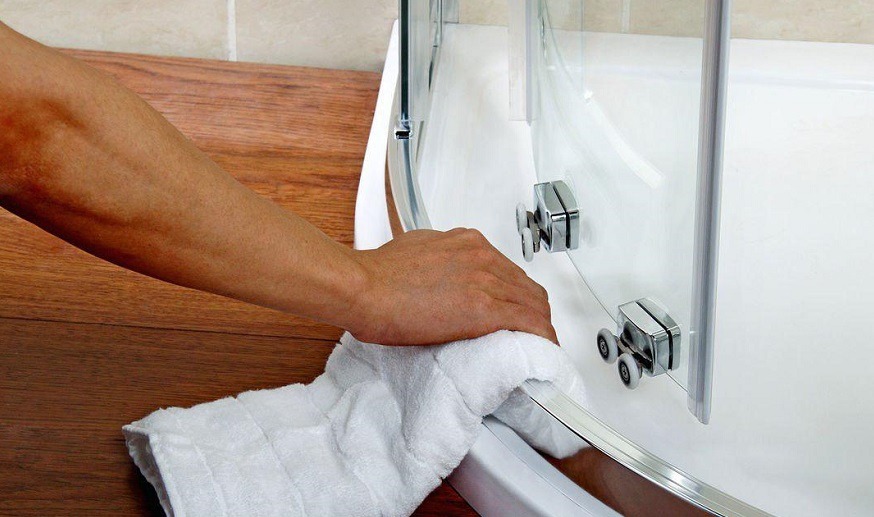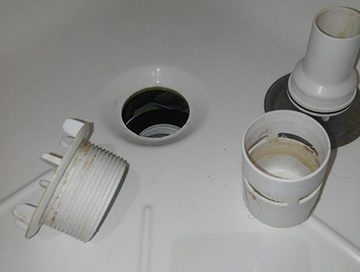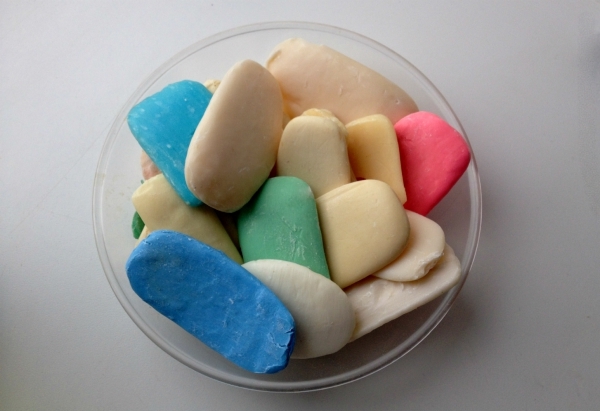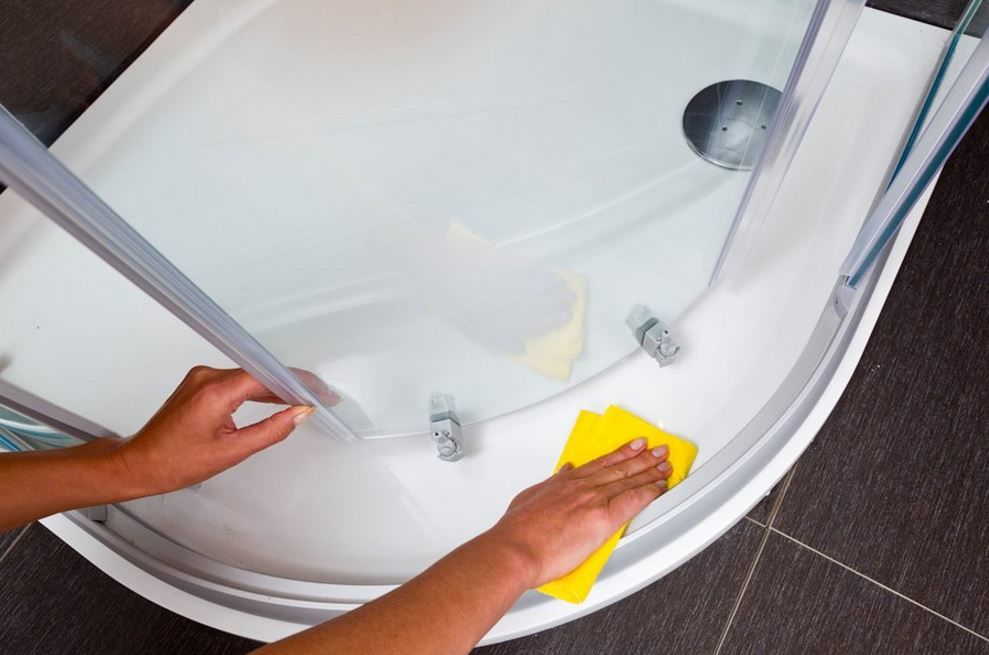Why is the shower stall leaking?
You get out of the shower and there is a puddle on the floor. Learned? Sound familiar? Fortunately, this doesn’t always mean it’s time to ring all the bells and call a plumber, because sometimes the problem can be detected and fixed on your own.
The content of the article
Causes of shower stall leakage
The first of them is the pan, namely the two holes into which water goes: the drain (below) and the overflow (above). Initially, to prevent this from happening, fittings are installed on them, which are pressed against the pallet through a rubber gasket and screwed with nuts. And this place is precisely the weakest. The nuts can become loose over time, causing the seal to become loose and water to leak out.
Reference! I'll tell you how to determine this. Plug the drain hole and fill the pan with water. After this, look from the back side to see if water is flowing through the siphon? If yes, then the reason has been found.
The same applies to the overflow hole. Accordingly, to determine a leak, it is also plugged, and water is drawn above this level.
If you have a non-enclosed stall (better known as a “shower enclosure”), the cause may be problems with the joint between the floor and the wall. The most common of them:
- drying of low-quality sealant;
- its washing away from long-term use;
- an insufficiently strong pallet that deforms under the weight of a person, causing the connection with the wall to become loose and a crack to appear.
The third reason is the fragility of acrylic pallets, which can cause cracks. This can happen either due to careless delivery and installation, or if the weight of the person being washed is more than the tray can support.
The fourth reason is leakage at the joints of sewer pipes. Typically, this occurs due to the rubber cuff drying out.
Small enclosed shower stalls often suffer from the fact that the person washing in them accidentally hits the door or wall with their elbows. As a result, the plastic becomes detached over time, cracks form and the doors do not close tightly, which is why splashes come out.
The last reason is a leak at the point of connection to the water supply. As in the drainage system, this may be due to loose nuts or aged rubber gaskets. A more rare, but also common problem is an excess of sealant, which causes the screw-on part to burst. Also, if the shower is connected with a flexible hose, and not connected directly to the pipeline, then over time the polymer tube located in it may burst.
What to do if the shower stall is leaking
For every problem there is a solution. If the problem is a leaking drain or overflow, tighten the nuts tighter and experiment with collecting water again. If there is still a leak, then most likely the reason is the gasket, which over time tends to harden and become cracked. Will have to replace it.
Is the corner leaking? If the sealant has dried out, loosen the fasteners, clean it off and replace it with a new one. Wipe off the excess with a cloth, and then smooth it out with your fingers dipped in a solution of water and soap.
Important! Before applying sealant, do not forget to degrease the surface.
If the pan comes away from the wall, there are two ways to fix this problem:
- support it from below with bricks;
- a more effective method is to buy a so-called border at a plumbing store - this is a plastic part that is glued to the wall and covers the gap.
If large cracks appear on the acrylic pallet, it is still better to call a specialist. If they are small, then you can handle it yourself by following the following sequence of actions:
- sand the surface on which the crack appeared on both sides (both internal and external);
- the second stage is washing, drying and degreasing;
- Next you will need epoxy resin and a fiberglass patch - first apply the first, then the second, then the first again, getting a kind of “sandwich”;
- The same actions are performed on the reverse side; additional foam can be applied from below so that the crack does not spread further.
Important! Epoxy releases toxic substances, so be sure to provide good ventilation and work only with a respirator.
If the cuff in sewer pipes gets old, dries out and becomes cracked, then it is simply replaced with a new one. I recommend using sealant to make the joint more reliable.
The same sealant will help if there are cracks in the wall or door, or if plastic elements are coming off.
Attention! This will protect against further leakage, but will not eliminate the crack, so if it is in a visible place and spoils the aesthetics, all that remains is to replace the wall or door completely.
And finally, the last problem is water pipe leakage. Either replacing the gasket or reinstalling the system with the addition of a seal will help here.For all other damage (broken part or pipe), you will need the help of a plumber.
As you can see, in most cases you can save money and fix the problem yourself. The main thing is to correctly determine the cause.





